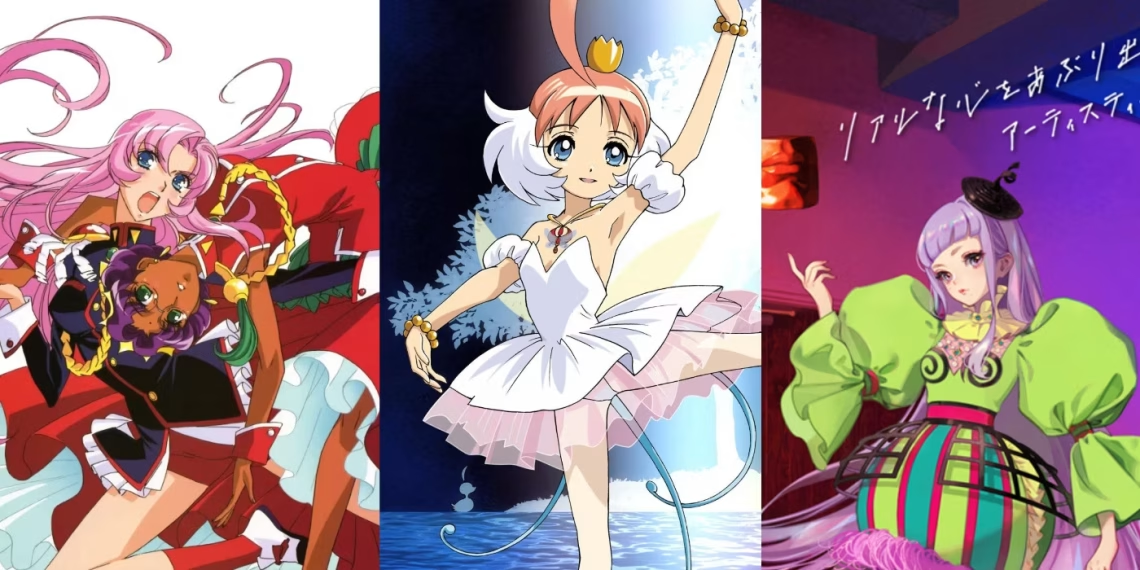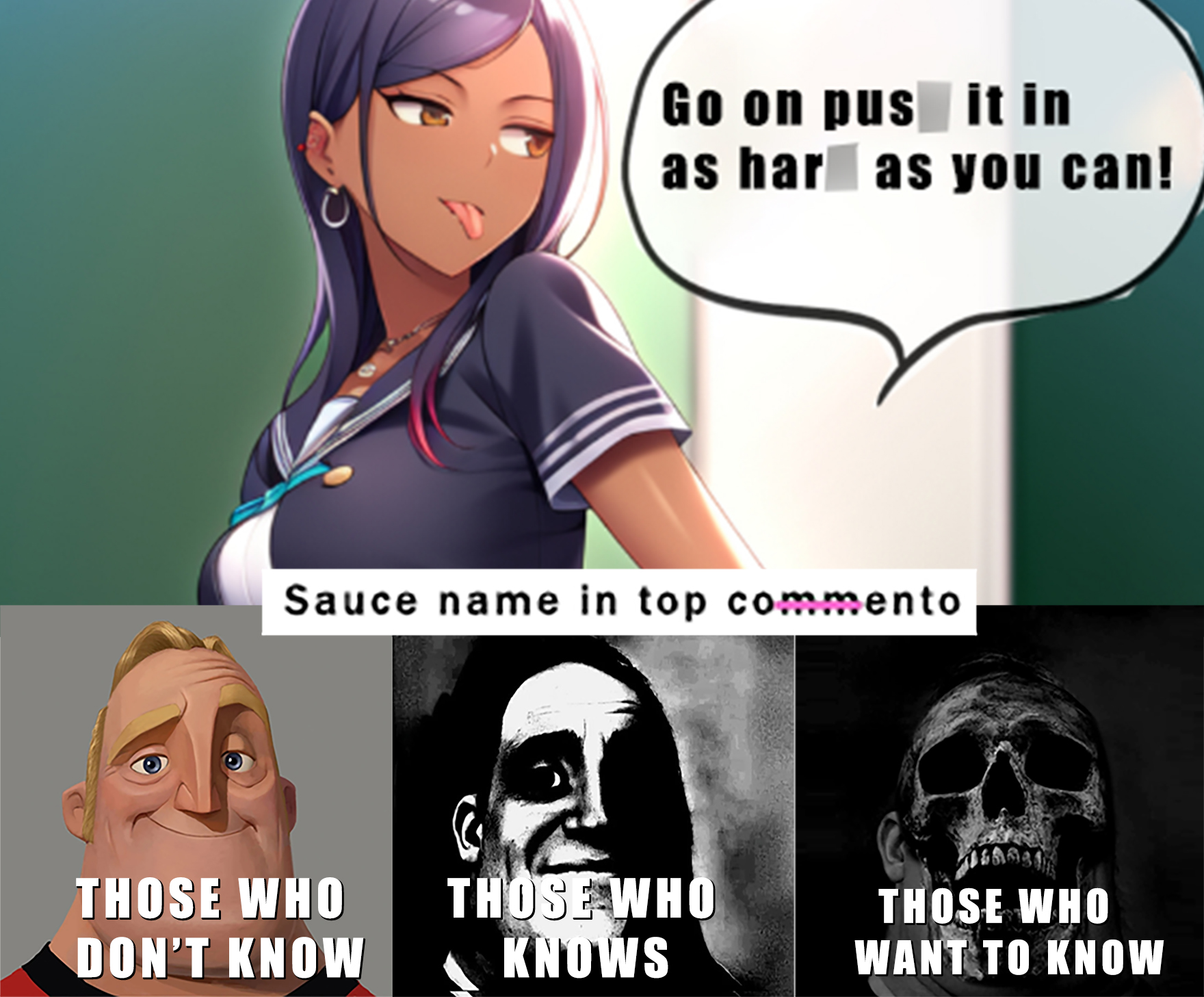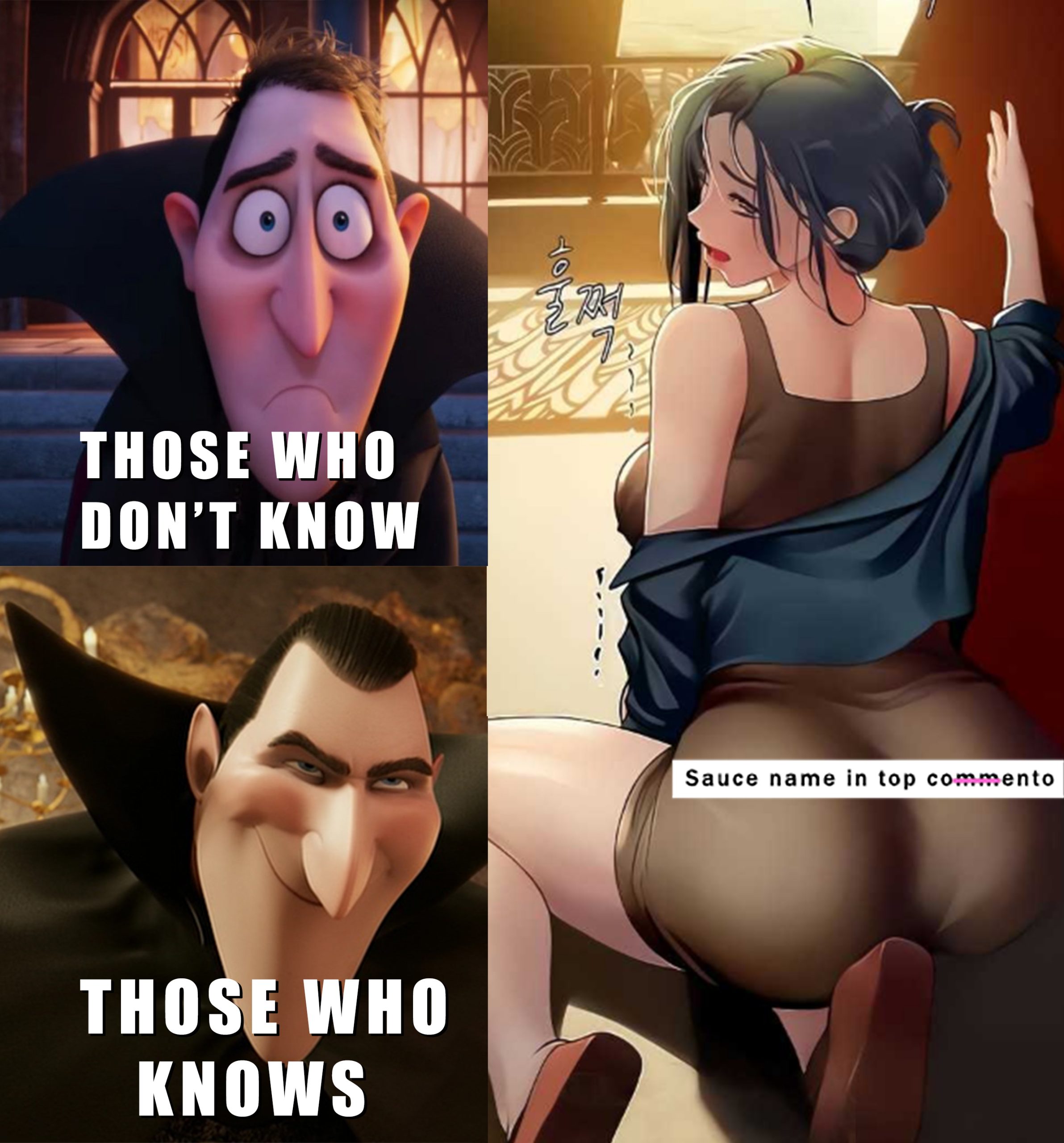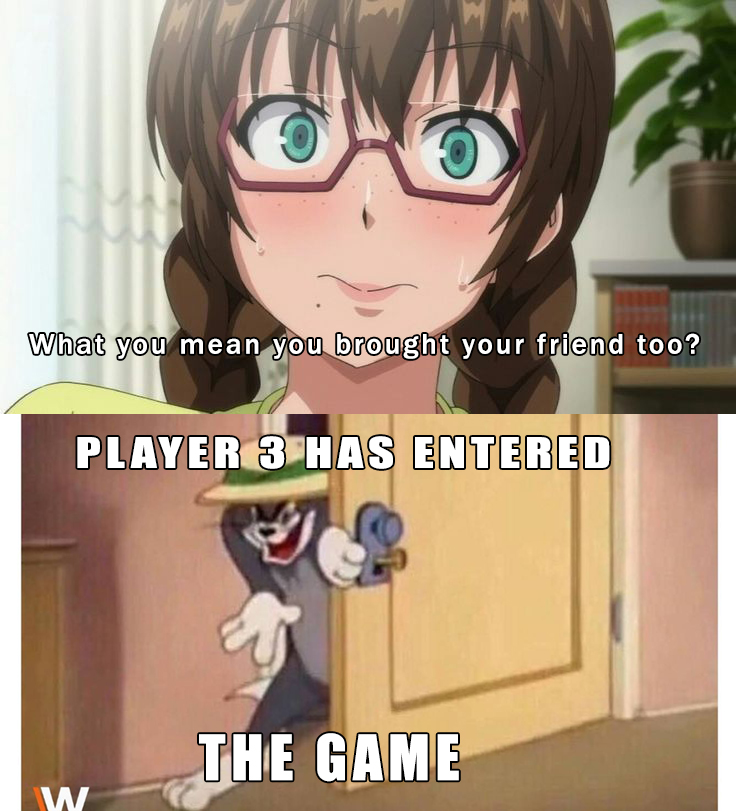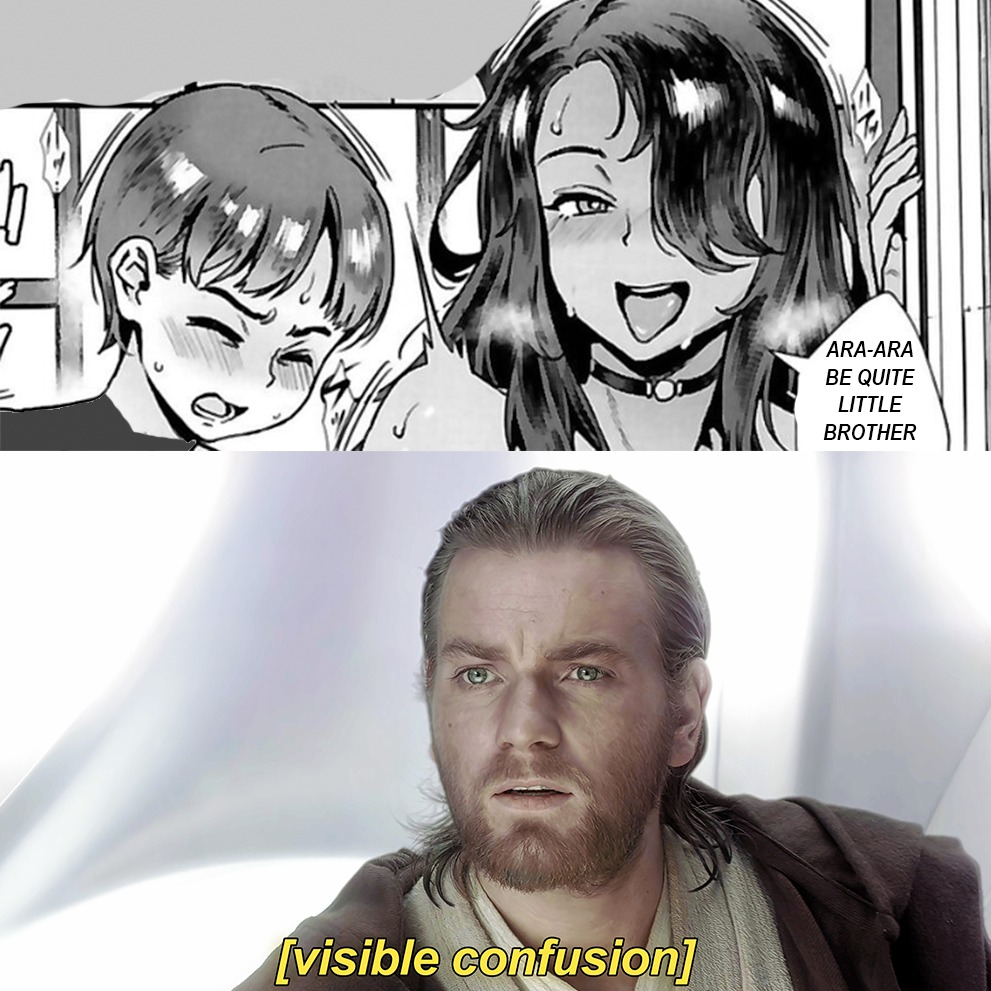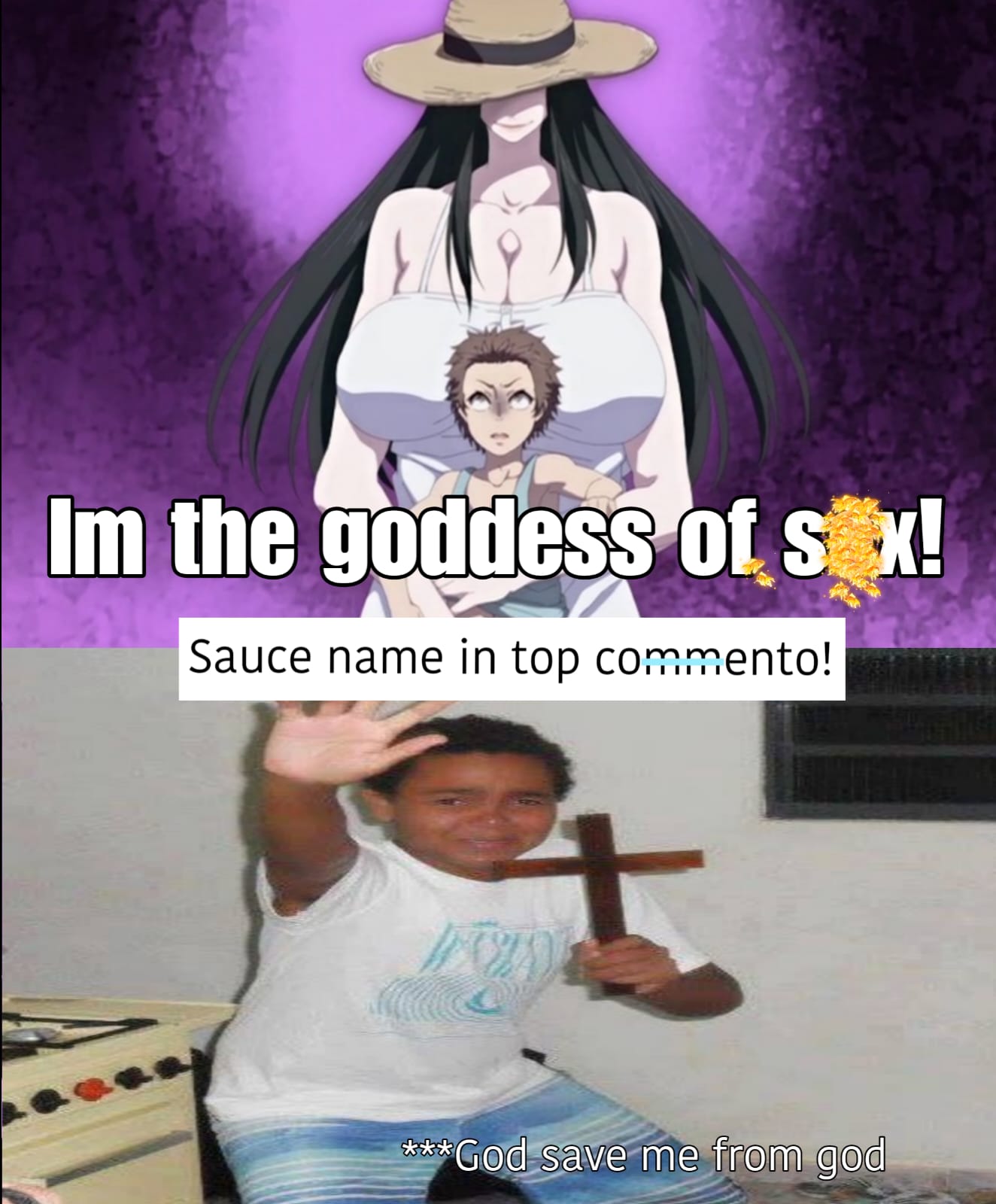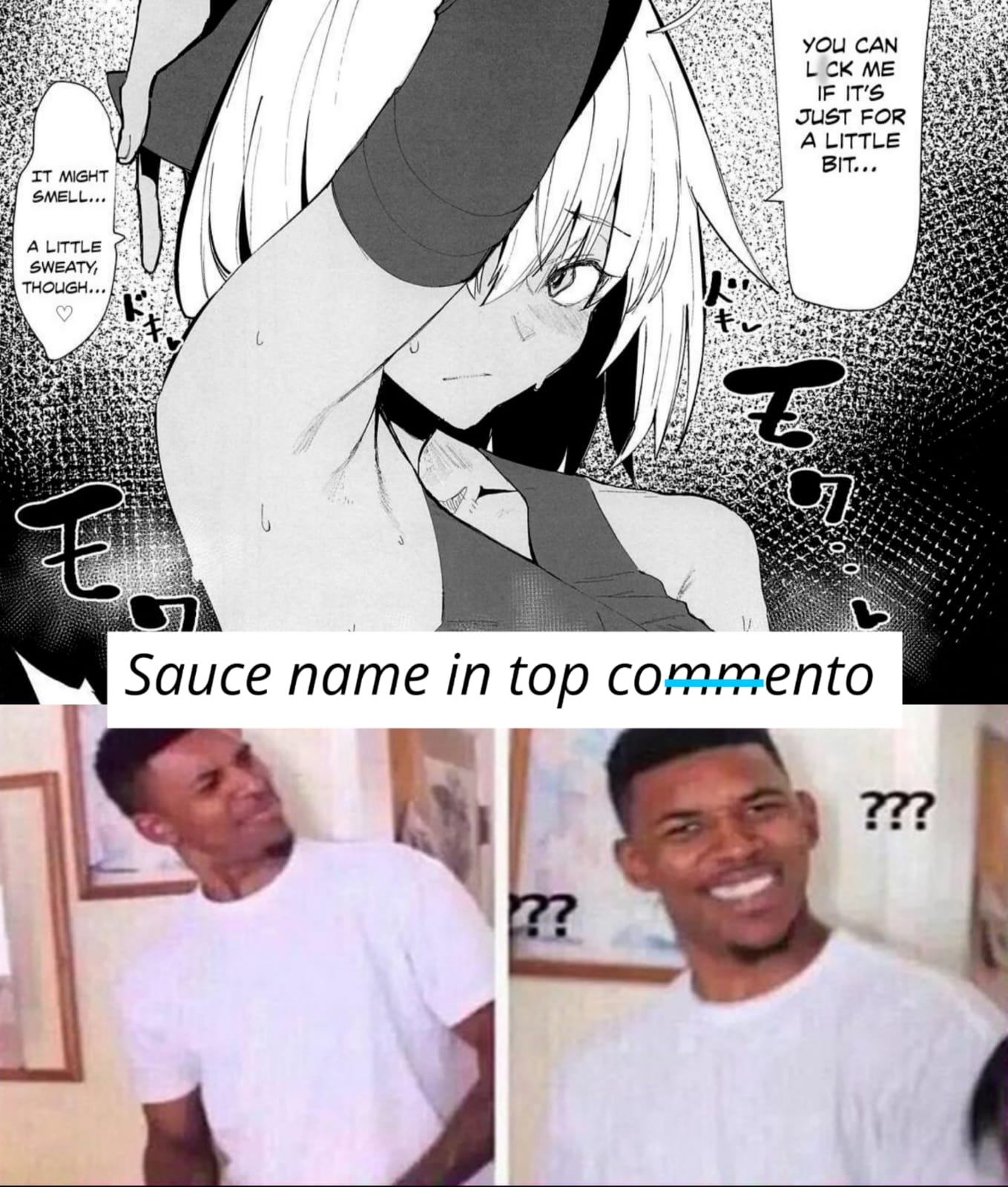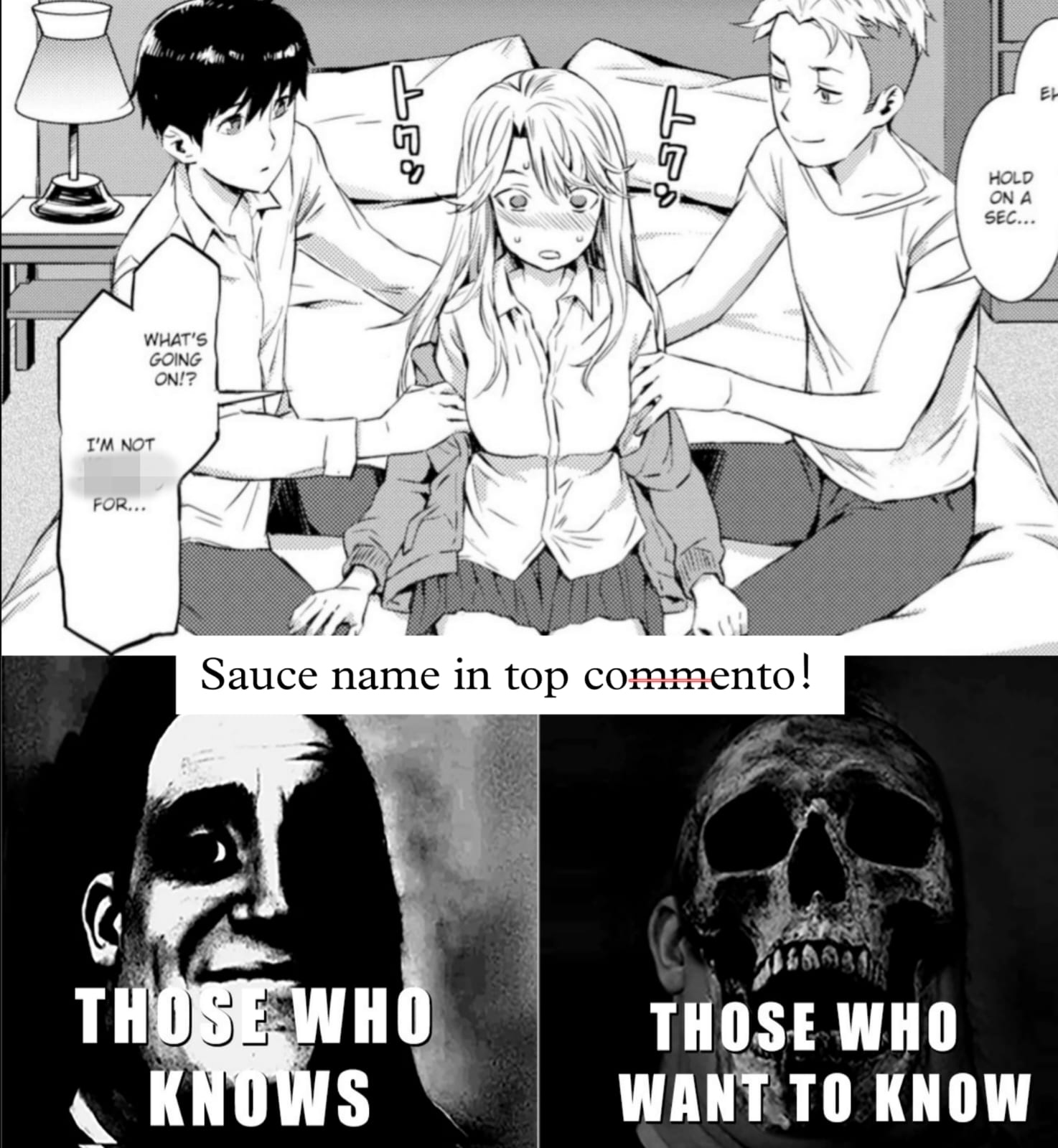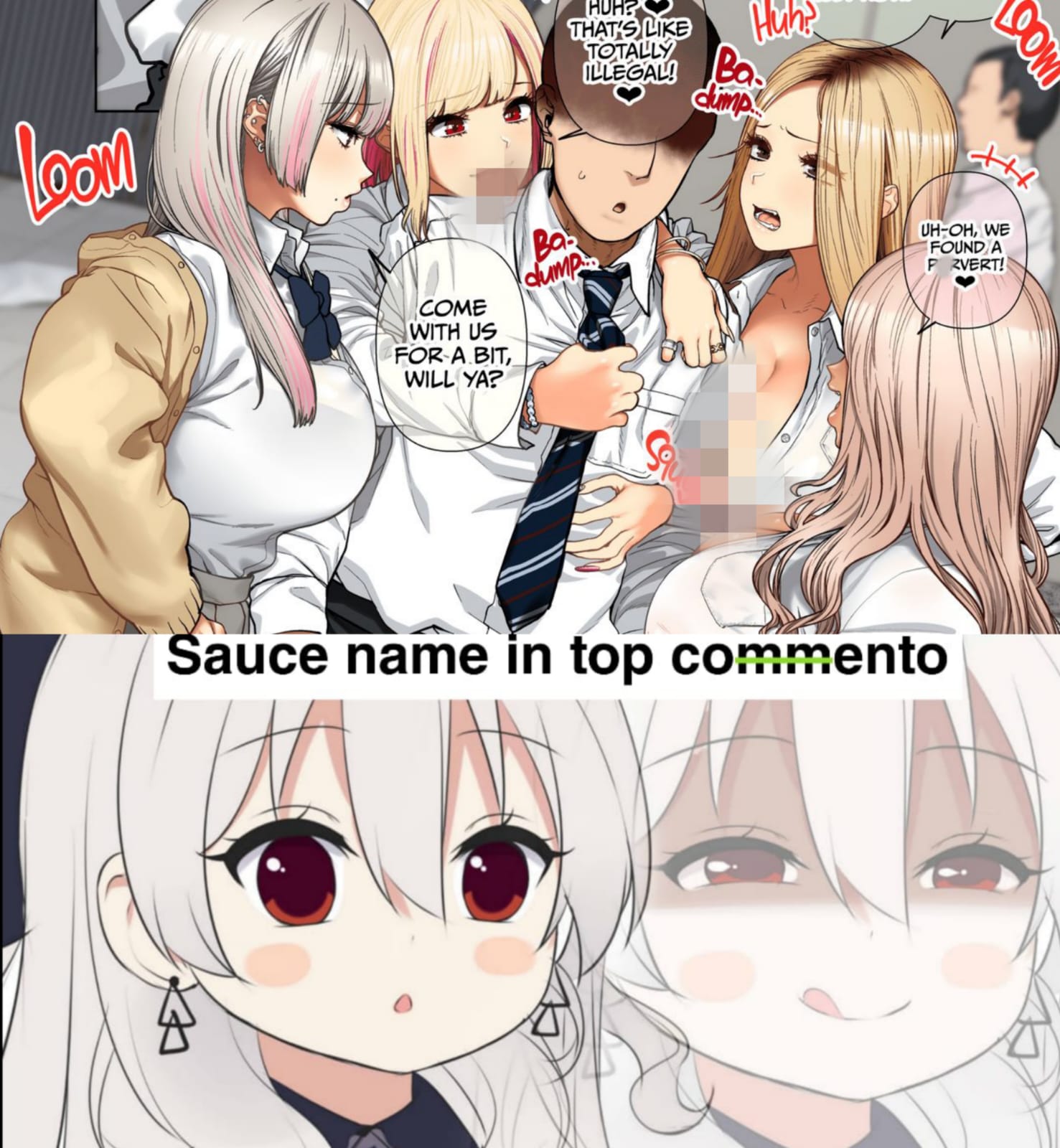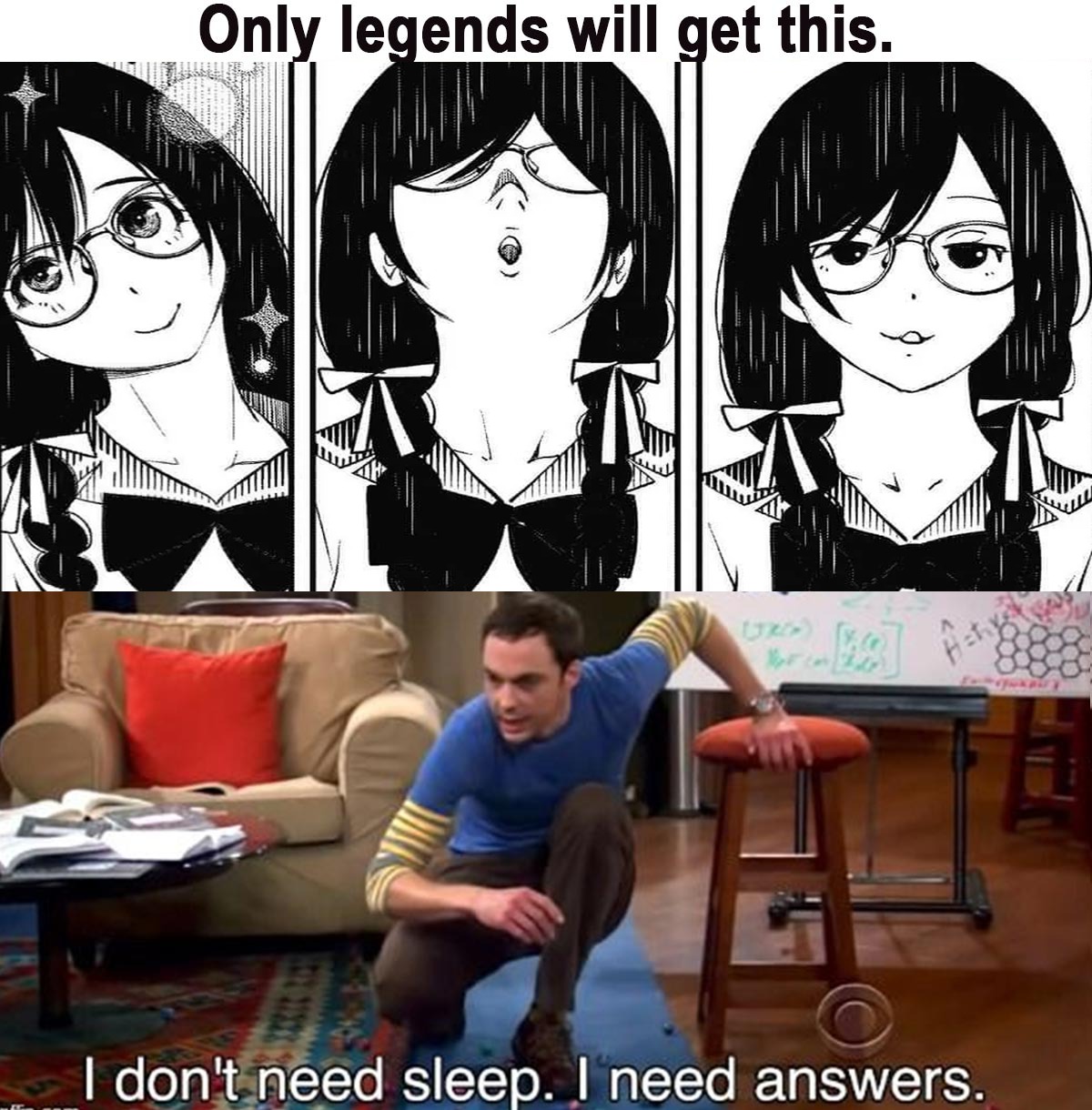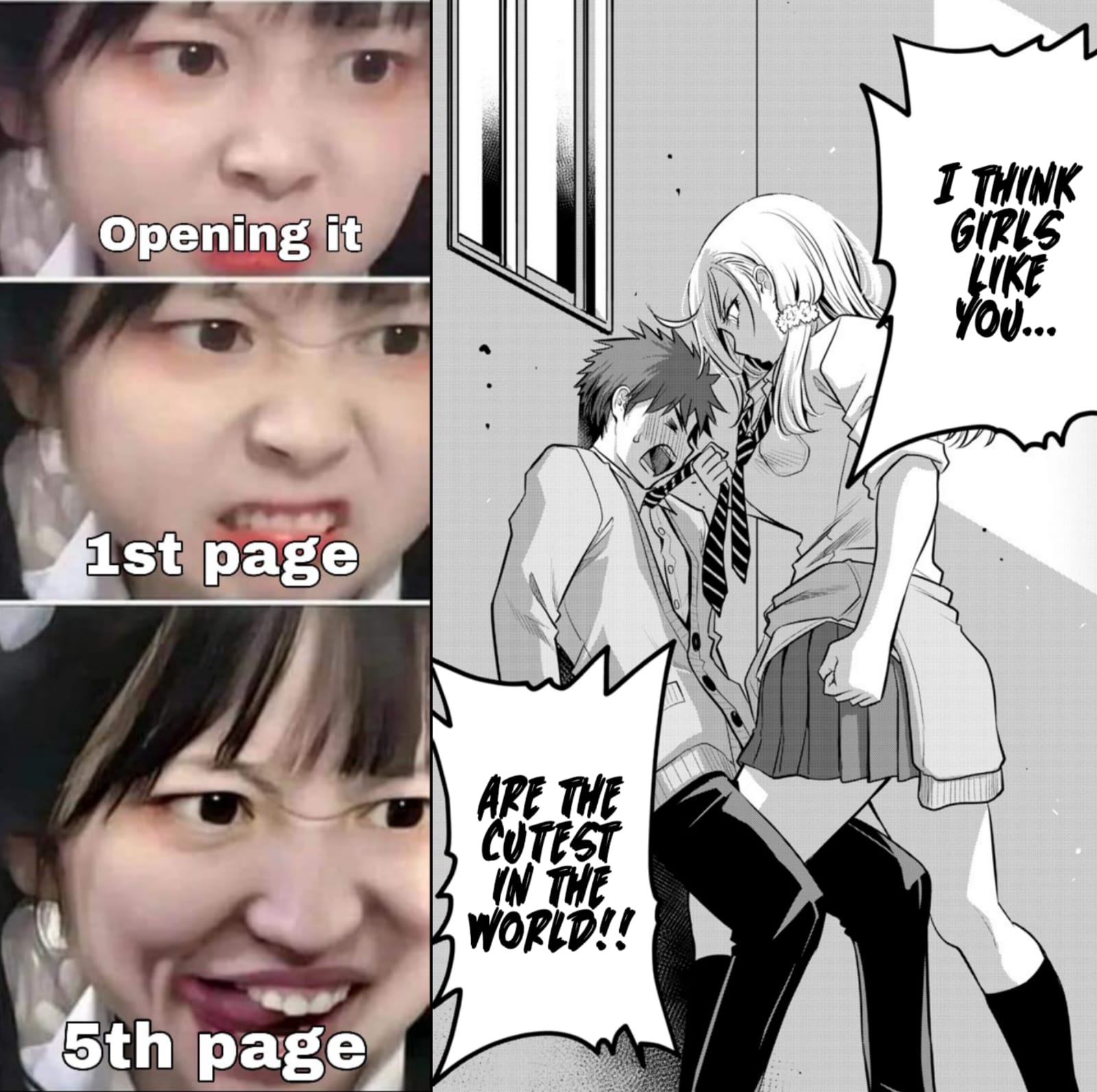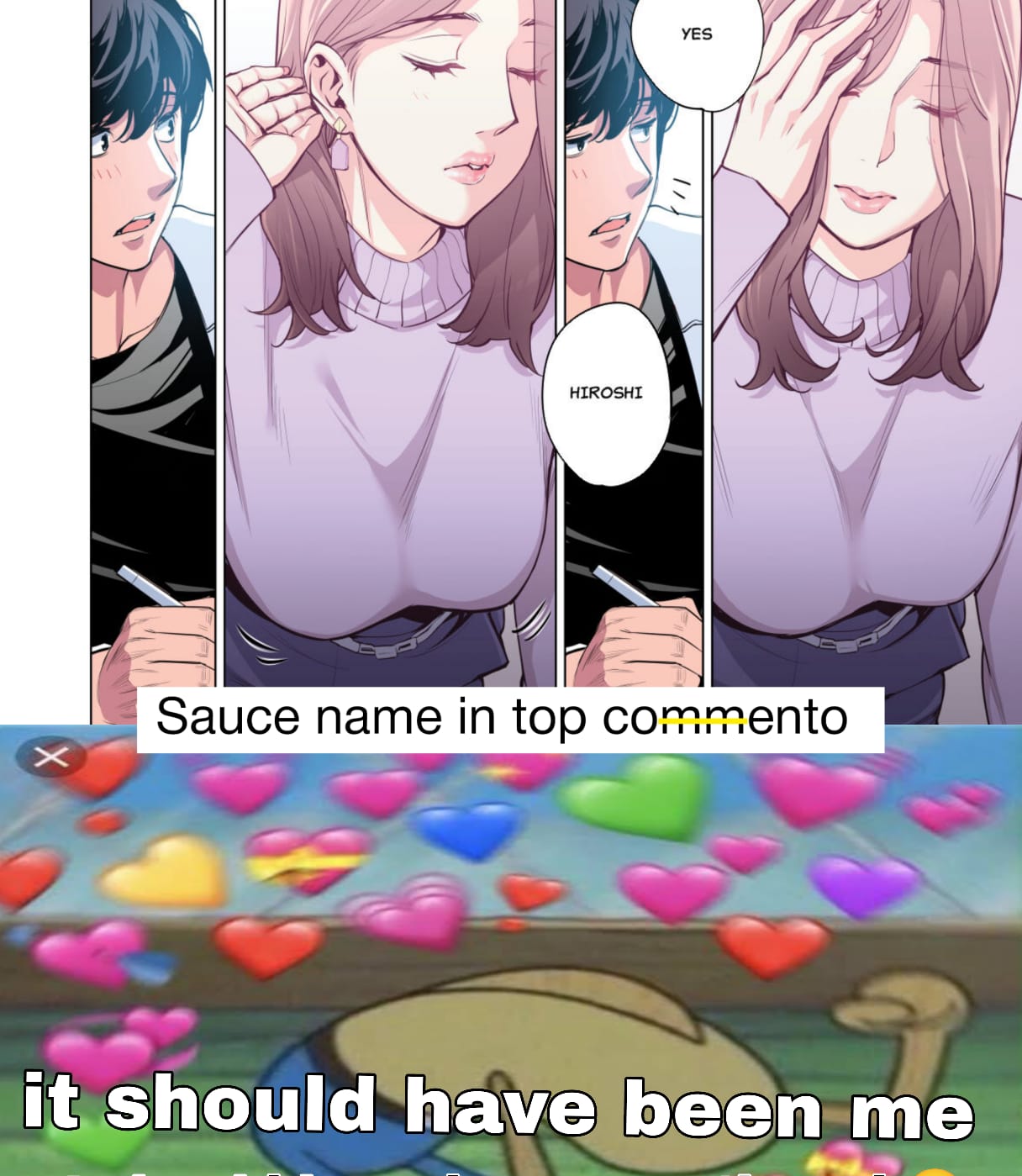The magical girl genre has been a beloved staple in the anime and manga world for decades, originating in the 1960s with the debut of Sally the Witch. Subsequently, iconic series like Sailor Moon and Cardcaptor Sakura propelled the magical girl trope into mainstream popularity.
However, a notable shift occurred in the 2010s when this genre underwent a transformative evolution. This period saw the emergence of darker and more complex narratives within magical girl anime, departing from the traditional cute and whimsical themes.
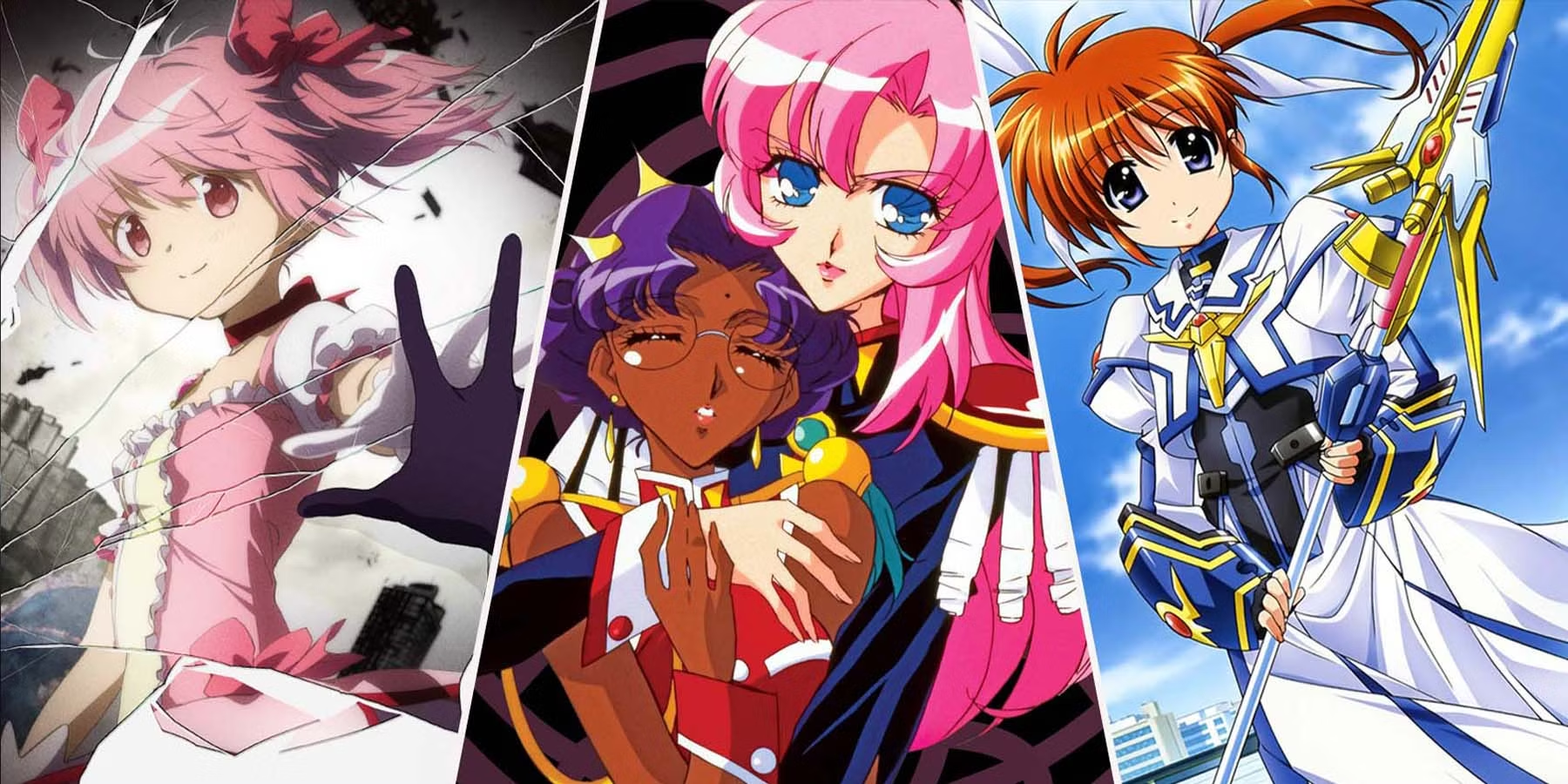
This evolution led to the deconstruction of the genre, with many shows going into deeper, more mature themes aimed at older audiences.
Today, there is a significant proliferation of such series that explore complex narratives, character development, and themes that resonate with more mature viewers, offering a fresh perspective on the magical girl archetype.
10. Daybreak Illusion

Following closely in the wake of Madoka Magica, Daybreak Illusion emerged as an original anime accompanied by manga and light novel adaptations. Seizing on the impact felt by fans of Madoka Magica, it ventured into similar thematic territory.
The series looks into a moral quandary central to its protagonist, Akari Taiyou. As a magical girl, Akari confronts the conflicting responsibilities of her role. On one hand, she must combat Daemonia, troubled individuals possessed by dark forces.
Yet, this duty brings her face to face with a stark choice: to eliminate humans who have fallen victim to possession. This ethical dilemma forms the crux of Akari’s journey, as she navigates the blurred lines between her duty as a magical girl and the broader implications of her actions.
While Daybreak Illusion sought to capitalize on the shock factor of its predecessor, it also carved out its own narrative path, exploring themes of sacrifice, morality, and the complexities of heroism in a world fraught with darkness.
Through Akari’s struggles, the series offers viewers a thought-provoking examination of the choices we make in the face of adversity and the consequences that follow.
Daybreak Illusion (also known as “Genei wo Kakeru Taiyou”) is a nice anime series that combines elements of magical girl fantasy with darker themes. Developed by AIC and directed by Keizou Kusakawa, the series aired in 2013 and consists of 13 episodes. It presents a unique take on the magical girl genre, incorporating complex characters, intricate plotlines, and a touch of psychological depth.
The story of “Daybreak Illusion” follows Akari Taiyou, a cheerful and kind-hearted middle school girl who discovers she is one of the chosen “tarot users.” These tarot users possess magical abilities derived from the Major Arcana tarot cards.
Alongside her fellow tarot users—Seira Hoshikawa, Luna Tsukuyomi, and Ginka Shirokane—Akari battles dark creatures known as “Daemonia.” These Daemonia are humans corrupted by negative emotions, transforming into monstrous beings that threaten humanity.

As Akari goes deeper into her role as a tarot user, she grapples with the weight of her responsibilities and the complexities of battling Daemonia. The series explores themes of destiny, sacrifice, and the blurred lines between good and evil. Each tarot user faces personal struggles and conflicts, adding layers of emotional depth to the narrative.
Daybreak Illusion is notable for its exploration of psychological themes within the magical girl genre. It challenges typical tropes by introducing moral ambiguity and existential dilemmas. The Daemonia are not mere monsters but beings driven by human emotions and suffering, blurring the lines between hero and villain.
The series also goes into themes of sacrifice and redemption, as the tarot users confront the consequences of their actions and the toll of their powers. The tone shifts between moments of light-hearted camaraderie and intense, emotional confrontations, adding depth to the storytelling.
Visually, “Daybreak Illusion” is striking, featuring vibrant character designs and atmospheric settings. The animation quality remains consistent throughout the series, particularly during action sequences where the tarot users battle Daemonia. The art style complements the darker narrative elements, creating a visually immersive experience.
The soundtrack of “Daybreak Illusion” enhances the mood and atmosphere of the series. It includes a mix of haunting melodies and energetic tracks that amplify the emotional impact of key scenes. The opening and ending themes are memorable and reflective of the series’ tone.
While “Daybreak Illusion” received praise for its unique approach to the magical girl genre, it also faced criticism for its pacing and narrative complexity.
Some viewers found the storyline convoluted, especially regarding the mythology surrounding the tarot cards and Daemonia. Additionally, certain character arcs could have been further developed to provide greater depth and resolution.
Daybreak Illusion is a thought-provoking anime that offers a fresh perspective on the magical girl genre. With its complex characters, psychological themes, and visually striking presentation, the series stands out as a must-watch for fans seeking a more mature and nuanced take on traditional magical girl narratives. Despite its flaws, “Daybreak Illusion” remains a compelling exploration of darkness and light within the hearts of its characters.
9. Granbelm
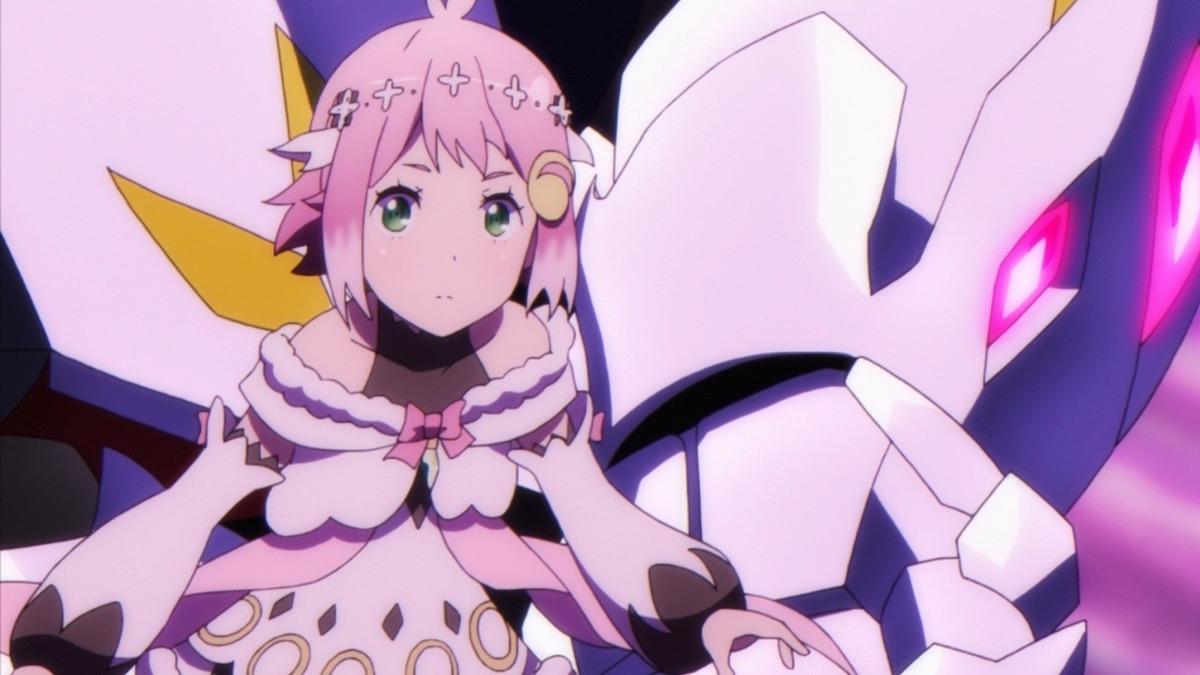
For fans of mecha anime, Granbelm offers a unique twist by blending the genre with the magical girl trope. Set in a world where magic has been sealed away, young girls take on the role of pilots for a powerful mecha called Armanox.
The story centers around a monthly tournament known as Granbelm, where contestants compete to determine the one true mage. While the series explores some dark themes, it strikes a balance by not overwhelming viewers with its darkness. Instead, it focuses on character development, treating its cast with care and depth that makes them relatable to audiences.
Granbelm may have a bit of a slow start, but it steadily improves as it progresses, drawing viewers deeper into its world and characters. For fans of mecha shows seeking something fresh and inventive, Granbelm offers a compelling blend of action, magic, and character-driven storytelling worth exploring.
Granbelm is an original anime series that premiered in 2019, produced by Nexus and directed by Masaharu Watanabe. This mecha-fantasy series offers a unique blend of action, drama, and magical elements, creating a beautiful world that hooks viewers from the very first episode. Here’s a detailed review and information breakdown of “Granbelm.”
The story is set in a world where magic exists, but only a select few can wield it. The narrative centers around a high school student named Mangetsu Kohinata, who stumbles upon a magical battle called the “Granbelm.” This battle occurs between young mages known as “Magiaconatus” who pilot magical mechas called “Armanox.” These mages fight to become the “Princeps,” the one true mage who controls the magical realm.
Mangetsu gets drawn into this fierce competition despite initially lacking any magical abilities. She meets Shingetsu Ernesta Fukami, a skilled mage and her new friend, who introduces her to the world of Granbelm. Together, they navigate the complex dynamics of the Granbelm battles and uncover the dark secrets behind this enigmatic contest.
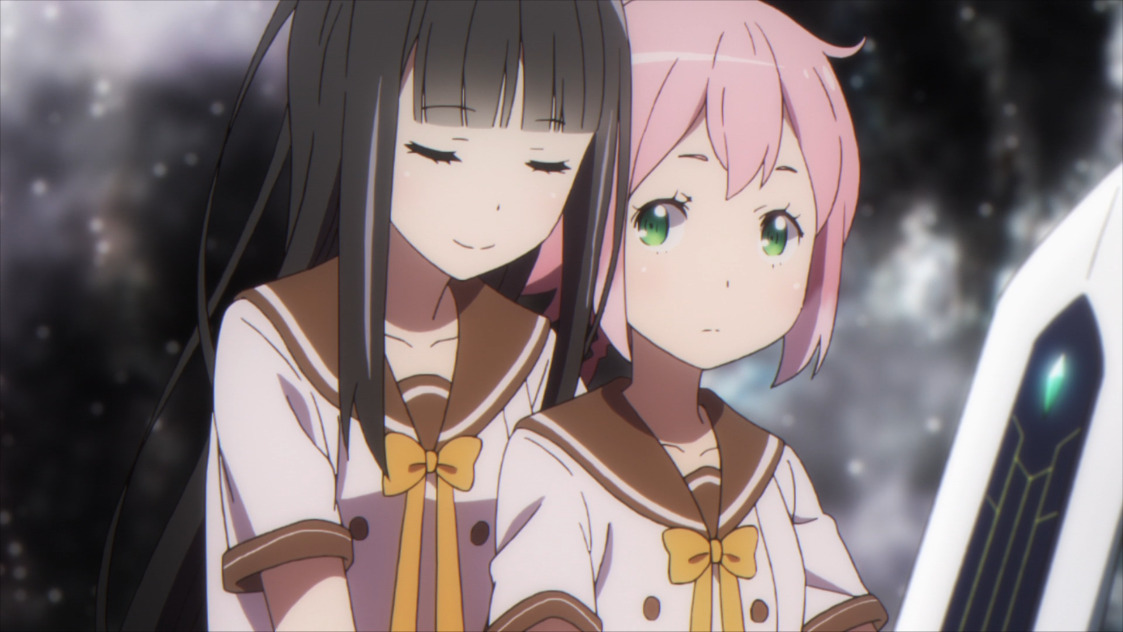
Granbelm goes into several thematic elements, including ambition, friendship, and sacrifice. The show explores the consequences of wielding power and the emotional toll of intense competition. The theme of identity and purpose is also prevalent, as characters struggle with their motivations for participating in the Granbelm battles.
One of the series’ strengths lies in its character development. Each major character has a well-defined personality and backstory that gradually unfolds throughout the series. Mangetsu’s journey, in particular, is central to the plot, as she transforms from an ordinary girl into a key player in the Granbelm battles. Shingetsu’s complexities and her relationship with Mangetsu add depth to the narrative.
Visually, “Granbelm” impresses with its stunning animation and vibrant art style. The magical battles are beautifully choreographed, showcasing dynamic mecha combat and intricate spellcasting. The character designs are distinctive and complement the fantastical setting of the series.
The soundtrack enhances the atmosphere of “Granbelm,” featuring a mix of orchestral pieces and emotive tracks that heighten the drama and tension. The opening and ending themes are also memorable and reflect the series’ themes of hope and determination.
The pacing of “Granbelm” is generally well-balanced, although the series ramps up the intensity as the Granbelm battles escalate. The plot twists and revelations keep viewers engaged, with each episode adding new layers to the overarching story. The series effectively builds suspense and anticipation leading up to its climax.
Granbelm received positive reviews for its unique premise, strong character development, and visually impressive action sequences. It garnered praise for its emotional depth and the complexity of its themes. While the series may not be as widely recognized as some other mecha anime, it has developed a dedicated fan base and remains a standout entry in the genre.
Granbelm is a nice anime that blends magic, mecha, and drama into a compelling narrative. With its memorable characters, intricate plot, and stunning visuals, it offers a refreshing take on the genre. Whether you’re a fan of mecha anime or enjoy stories with deep emotional resonance, “Granbelm” is definitely worth adding to your watchlist.
8. Magical Girl Lyrical Nanoha

Magical Girl Lyrical Nanoha stands as an influential precursor to the deconstructionist trend in magical girl anime that later exploded with Madoka Magica.
The series revolves around Nanoha Takamachi, an ordinary girl who finds herself thrust into the role of a magical girl after encountering a mysterious ferret-like creature. Her mission: to collect the dangerous 21 Jewel Seeds scattered throughout the world.
While the premise may appear conventional at first glance, the narrative takes a dark turn with the introduction of Fate, the primary antagonist. Themes of abuse and death permeate the storyline, adding layers of complexity and emotional weight to what initially seemed like a lighthearted magical adventure.
As Nanoha and Fate’s paths intertwine, viewers are confronted with the harsh realities that underpin their fantastical world, making for a gripping and thought-provoking viewing experience.
Magical Girl Lyrical Nanoha is a beloved anime series that combines the magical girl genre with science fiction elements, offering a unique and compelling narrative. Originally starting as a spin-off of the popular “Triangle Heart” visual novel series, “Magical Girl Lyrical Nanoha” took on a life of its own and became highly regarded within the anime community.
The story follows Nanoha Takamachi, an ordinary third-grade student who encounters a wounded ferret-like creature named Yuuno Scrya. Yuuno is actually a mage from another world who is on a mission to collect dangerous artifacts called “Jewel Seeds” that have been scattered across Earth.
When Nanoha inadvertently gets involved, she gains magical powers and takes on the role of a magical girl to assist Yuuno in recovering the Jewel Seeds.
As the series progresses, Nanoha encounters other mages and magical girls, including Fate Testarossa, who initially opposes Nanoha but eventually becomes her ally. The conflict deepens as they discover the sinister motives behind the Jewel Seeds and reveals a complex web of political intrigue and personal drama within the mage society.

Magical Girl Lyrical Nanoha stands out for its exploration of themes such as friendship, redemption, and the consequences of wielding power. Nanoha’s character development is particularly compelling, as she learns to harness her abilities responsibly and confronts difficult ethical dilemmas in her quest to protect others.
The series also explores the bond between Nanoha and Fate, highlighting the idea that understanding and empathy can overcome even the most bitter of rivalries. Their relationship evolves from adversaries to close friends, showcasing the power of forgiveness and second chances.
The animation quality of “Magical Girl Lyrical Nanoha” is solid, especially considering its release in the mid-2000s. The action sequences are dynamic and well-executed, with creative and visually appealing magical effects. Character designs are distinct and memorable, reflecting each character’s personality and role within the story.
The characters in “Magical Girl Lyrical Nanoha” are one of its strongest assets. Nanoha Takamachi is a relatable and endearing protagonist, driven by a strong sense of justice and compassion. Fate Testarossa is a complex character with a tragic past, adding depth to her interactions with Nanoha. The supporting cast, including Nanoha’s friends and fellow mages, also contributes to the story’s emotional impact and charm.
The success of the original series led to several sequels and spin-offs, expanding the “Magical Girl Lyrical Nanoha” universe. Sequels like “Magical Girl Lyrical Nanoha A’s” and “Magical Girl Lyrical Nanoha StrikerS” further develop the characters and introduce new storylines. These installments deepen the lore of the series and explore different facets of the magical girl genre.
“Magical Girl Lyrical Nanoha” has left a lasting impact on the magical girl genre, influencing subsequent anime series with its blend of magical themes and science fiction elements. Its emphasis on character-driven storytelling and themes of empowerment continue to resonate with fans of all ages.
Magical Girl Lyrical Nanoha is a standout anime series that successfully marries magical girl tropes with engaging storytelling and compelling characters. Whether you’re a fan of the genre or looking for a unique twist on familiar themes, this series is well worth exploring for its memorable characters, heartfelt drama, and exciting action sequences.
7. Yuki Yuna is a Hero

Yuki Yuna is a Hero stands as a poignant exploration of sacrifice and the profound costs associated with heroism, drawing clear inspiration from the themes laid out in Madoka Magica. At the heart of the series is the Hero Club, a group of magical girls endowed with powers to combat malevolent entities threatening their world.
However, the narrative takes a sobering turn as the true toll of their heroic duties becomes apparent. To fulfill their roles, the magical girls must make harrowing sacrifices, relinquishing parts of themselves—be it body parts, memories, or more—in the struggle against darkness.
Yet, the series avoids graphic depictions or gratuitous suffering, opting instead for a more understated approach that lends itself to a deeply emotional and heartbreaking viewing experience.
In Yuki Yuna is a Hero, the weight of sacrifice is keenly felt, infusing the story with a sense of melancholy and poignancy. Through the trials faced by its characters, the series offers a nuanced exploration of the complexities of heroism and the personal costs incurred in the fight for the greater good.
Yuki Yuna is a Hero (Japanese title: Yūki Yūna wa Yūsha de Aru) is a nice and emotional anime series that belongs to the magical girl genre. Produced by Studio Gokumi and directed by Seiji Kishi, this series offers a unique blend of magical girl action, character drama, and thought-provoking themes.
The story is set in the fictional world of Shikoku, where a group of middle school girls—Yuki Yuna, Togo Mimori, Inubouzaki Fuu, and Inubouzaki Itsuki—are chosen to become heroes tasked with protecting the world from mysterious entities known as “Vertexes.” These Vertexes threaten the existence of their world by spreading a deadly fog and endangering humanity.
The hero system requires the girls to sacrifice aspects of their own lives in exchange for magical powers to combat the Vertexes. As they face increasingly difficult battles, they grapple with the consequences of their choices and the toll it takes on their friendships and well-being.
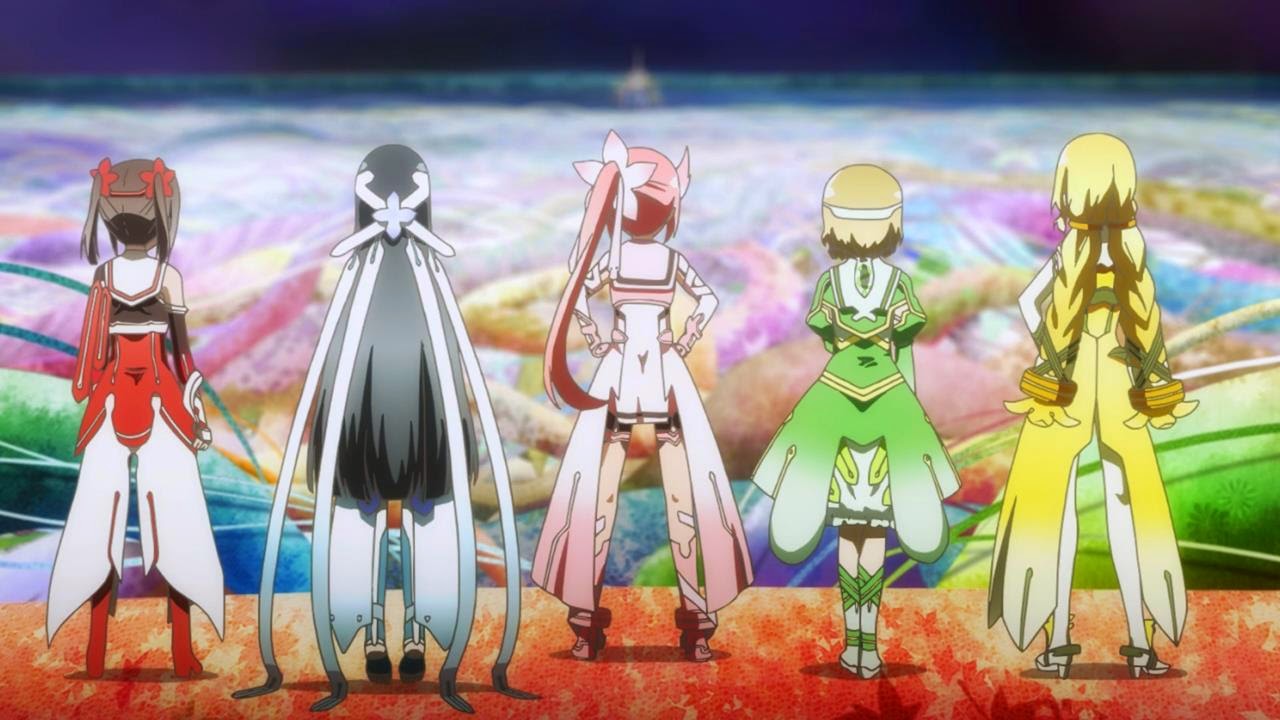
The anime explores themes of sacrifice, friendship, and resilience in the face of adversity. The girls’ willingness to protect their world at great personal cost raises profound questions about heroism and the nature of sacrifice. The series goes into the psychological and emotional impact of being a hero, as well as the bonds that form between the characters as they face life-threatening challenges together.
The characters in “Yuki Yuna is a Hero” are central to the series’ emotional impact. Yuki Yuna, the cheerful and optimistic protagonist, leads her friends into battle with unwavering determination. Togo Mimori, who uses a wheelchair due to a previous illness, demonstrates incredible strength and intelligence. Fuu and Itsuki Inubouzaki, the sisters who round out the team, also play significant roles in the narrative.
Each character undergoes personal growth and development throughout the series, grappling with their fears, doubts, and the consequences of their heroism. The complexity and depth of these characters add layers of emotional resonance to the story.
The animation in “Yuki Yuna is a Hero” is beautifully crafted, with vibrant colors and fluid action sequences during the girls’ battles with the Vertexes. The design of the Vertexes themselves is striking and otherworldly, adding to the sense of danger and mystery.
The soundtrack, composed by Keiichi Okabe and MONACA, complements the series’ emotional tone with stirring melodies and haunting tracks that heighten the tension and drama.
The success of the original series spawned several sequels and spin-offs, including “Yuki Yuna is a Hero: Washio Sumi Chapter” and “Yuki Yuna is a Hero: Hero Chapter.” These installments further explore the backstory of the characters and the world they inhabit, offering additional context and depth to the overarching narrative.
Yuki Yuna is a Hero and has earned critical acclaim for its compelling storytelling, well-developed characters, and thematic depth. It has resonated with audiences for its exploration of sacrifice and heroism, challenging traditional magical girl tropes with its mature and introspective approach.
Yuki Yuna is a Hero is a standout anime series that blends magical girl elements with profound themes and character-driven storytelling. Its compelling narrative and emotional resonance make it a must-watch for fans of the genre and anyone seeking a thought-provoking anime experience.
6. Puella Magi Madoka Magica
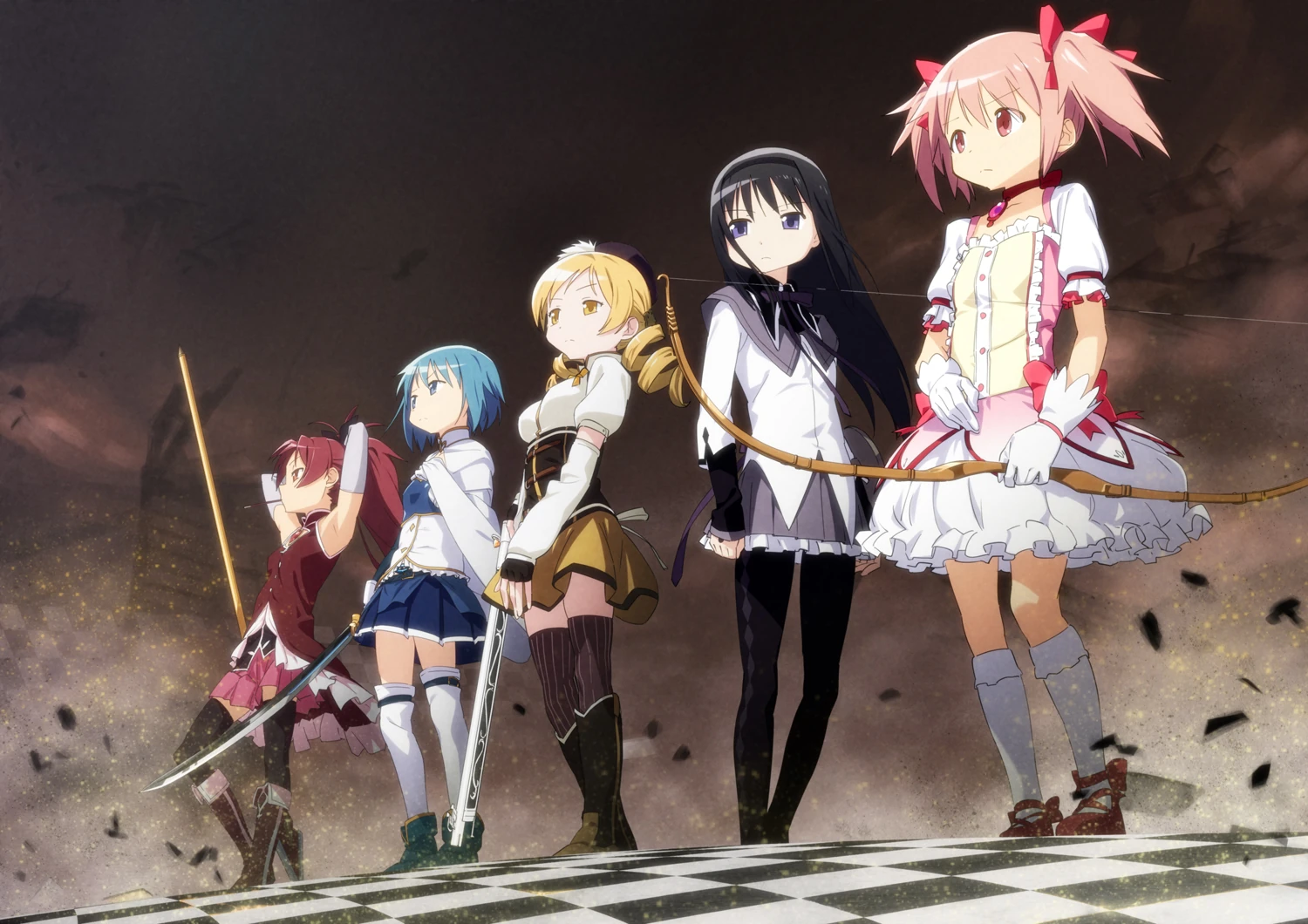
Puella Magi Madoka Magica stands as a groundbreaking entry in the magical girl genre, renowned for its masterful subversion of familiar tropes and themes. At its core, the series looks into profound concepts such as friendship, sacrifice, and the deceptive nature of appearances.
The protagonist, Madoka Kaname, gets on the path of a magical girl, only to discover the staggering costs that accompany her newfound powers. Her journey is marked by hardship and loss, serving as a stark reminder that the choices we make often come with unforeseen consequences.
The impact of Madoka Magica reverberates throughout the anime industry, reshaping the geography of the magical girl genre and inspiring countless works that follow in its wake. Its enduring legacy is a testament to its innovation and narrative depth, making it a must-watch for fans of magical girl anime seeking a fresh and thought-provoking perspective.
Puella Magi Madoka Magica is a groundbreaking anime series that redefined the magical girl genre with its dark, thought-provoking narrative and striking visual style. Directed by Akiyuki Shinbo and written by Gen Urobuchi, this series grabs audiences with its complex characters, psychological depth, and profound themes.
The story centers around Madoka Kaname, a typical middle school girl who encounters a mysterious transfer student named Homura Akemi and a small, adorable creature named Kyubey.
Kyubey offers Madoka and her friend Sayaka Miki the chance to become magical girls and fulfill any wish they desire in exchange for fighting against Witches, supernatural entities that threaten humanity.
However, as Madoka learns more about the true nature of being a magical girl and the dark consequences that come with it, she faces a series of moral dilemmas that challenge her ideals and beliefs. As the story unfolds, secrets are revealed, alliances are tested, and the true nature of Kyubey’s motives becomes apparent.
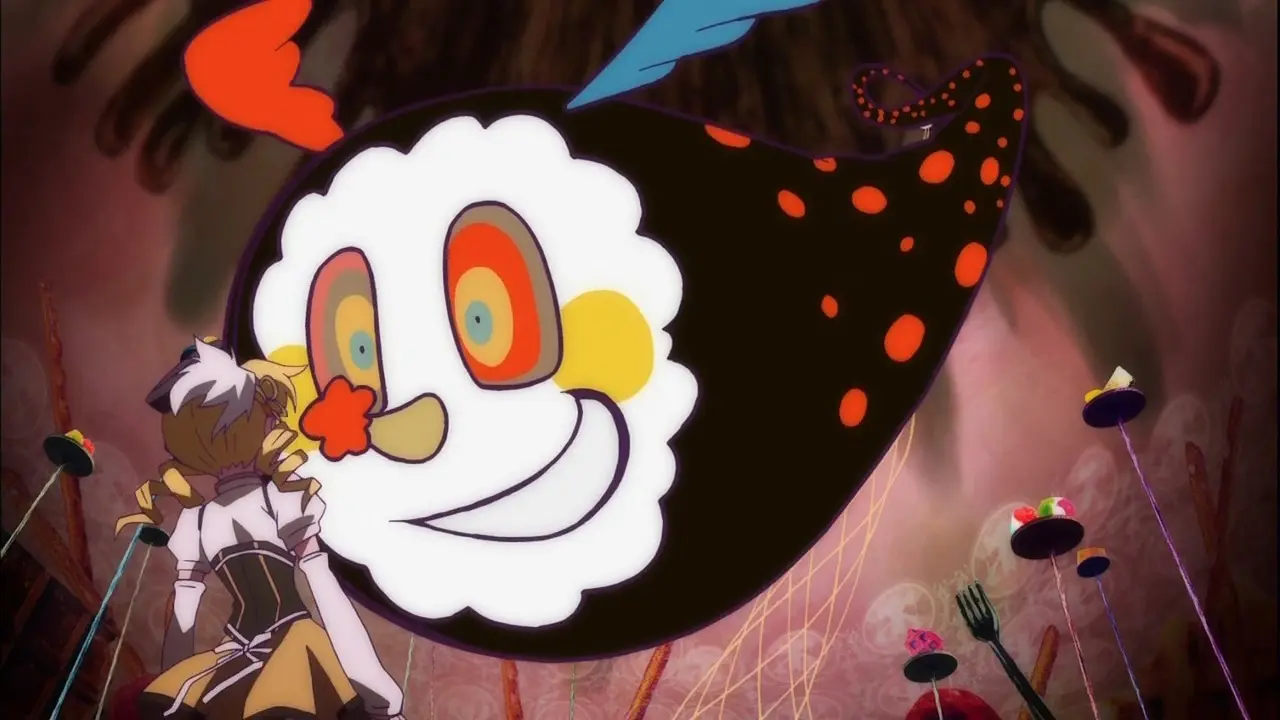
Madoka Magica explores themes of sacrifice, despair, and the consequences of seeking power. The series subverts traditional magical girl tropes by going into the psychological and emotional toll of battling supernatural forces. It raises thought-provoking questions about the price of making wishes, the nature of heroism, and the inevitability of fate.
The characters in “Madoka Magica” are richly developed and multi-dimensional. Madoka Kaname, the protagonist, initially appears as a kind-hearted and innocent girl, but her journey to becoming a magical girl forces her to confront harsh realities and make difficult choices. Homura Akemi, a mysterious and enigmatic figure, plays a pivotal role in the series and has a complex backstory that unfolds over time.
Other characters, such as Sayaka Miki, Kyoko Sakura, and Mami Tomoe, each bring their own motivations and struggles to the narrative, adding layers of depth and complexity to the story.
One of the standout features of “Madoka Magica” is its unique and visually striking art style. The series employs a blend of traditional animation and surreal, abstract imagery to convey the otherworldly nature of the Witches’ labyrinths. The use of symbolism and contrasting color palettes enhances the series’ dark and atmospheric tone.
The haunting and atmospheric soundtrack composed by Yuki Kajiura complements the series perfectly, heightening the emotional impact of key scenes and enhancing the sense of mystery and danger.
Madoka Magica received widespread critical acclaim and gained a dedicated fanbase for its innovative storytelling and thematic depth. It inspired numerous spin-offs, including manga adaptations, light novels, and a feature film sequel titled “Puella Magi Madoka Magica the Movie: Rebellion.”
The series’ impact extended beyond the anime community, sparking discussions about the deconstruction of genre conventions and the portrayal of complex themes in anime.
Puella Magi Madoka Magica is a must-watch anime series that pushes the boundaries of the magical girl genre. Its thought-provoking narrative, compelling characters, and stunning visuals make it a standout work of art that continues to resonate with audiences around the world.
If you’re looking for a dark and introspective take on the magical girl genre, “Madoka Magica” delivers a gripping and unforgettable experience.
5. Magical Girl Site
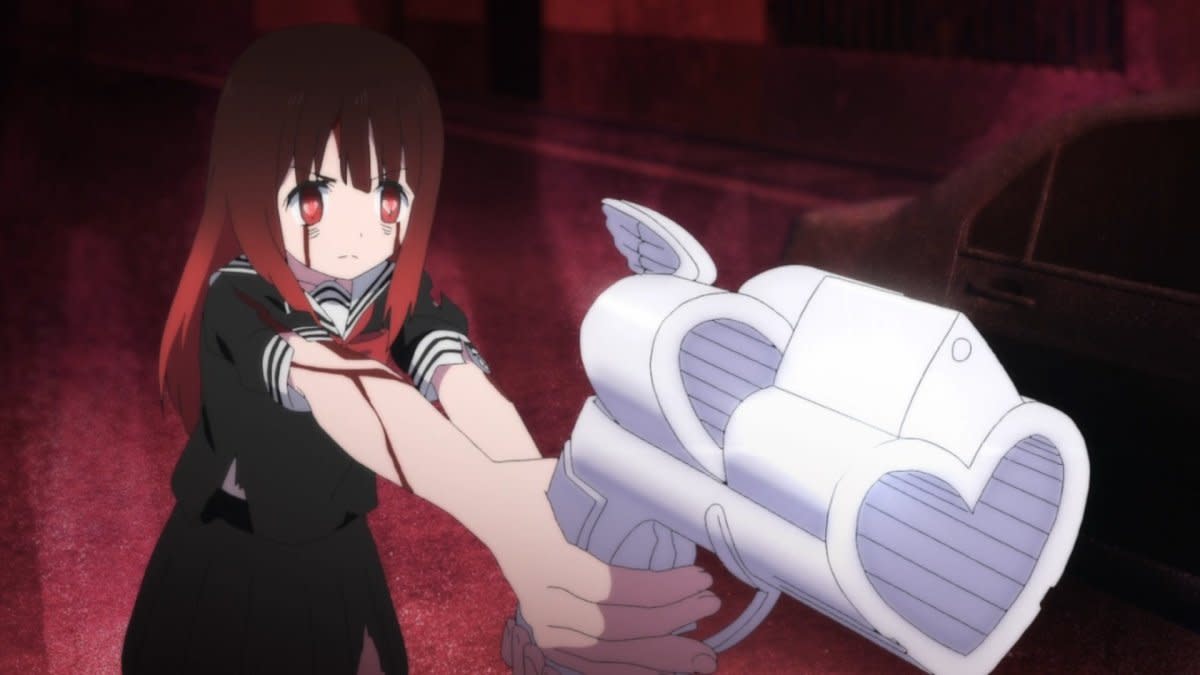
Magical Girl Site unfolds the gripping narrative of Aya Asagiri, a tormented young girl who discovers solace in a mysterious website offering her the power to become a magical girl. With newfound abilities at her disposal, Aya is tempted to seek retribution against those who have wronged her.
The series dives headfirst into a whirlwind of darkness and intensity, encapsulating the raw edge of human emotions within its 12 episodes. For some viewers, the relentless onslaught of grim themes and harrowing events may evoke a sense of discomfort or unease, while others may find themselves drawn into the gritty realism and compelling drama.
Magical Girl Site doesn’t shy away from exploring the depths of human depravity, presenting a narrative that can be both confronting and thought-provoking. Whether it’s regarded as cringe-inducing or compellingly intense ultimately depends on the individual viewer’s sensibilities and willingness to look into the darker aspects of the human experience.
Magical Girl Site (Japanese title: “Mahou Shoujo Site”) is an anime series based on the manga of the same name by Kentaro Sato. It is known for its dark and intense themes, exploring the psychological and emotional struggles of its characters within the magical girl genre.
The story follows Aya Asagiri, a high school girl who is relentlessly bullied at school and abused at home. One day, she discovers a mysterious website called the “Magical Girl Site,” which grants its visitors magical powers in exchange for becoming magical girls. These powers come from “sticks,” which are used to defend themselves against enemies and solve their problems.
As Aya goes deeper into the world of magical girls, she encounters other girls who have suffered similarly and learns about the dark and dangerous consequences of using their newfound abilities. The series explores themes of trauma, revenge, and the impact of violence on young individuals.
Magical Girl Site goes into dark and mature themes, touching on issues such as bullying, abuse, trauma, and mental health. The series portrays the struggles of its characters realistically, highlighting the emotional turmoil and desperation that lead them to seek refuge in the magical girl powers offered by the website.

The consequences of using these powers are depicted in a grim and uncompromising manner, challenging traditional notions of heroism and sacrifice.
Aya Asagiri, the protagonist, undergoes significant development throughout the series as she grapples with her traumatic experiences and tries to navigate the complexities of being a magical girl. Other characters, such as Yatsumura Tsuyuno, Rina Shioi, and Nijimi Anazawa, each have their own compelling backstories and motivations, adding depth to the narrative.
The interactions and relationships between the characters are complex and often fraught with tension, reflecting the darker tone of the series.
The animation in Magical Girl Site is atmospheric and visually striking, with a dark color palette and intense imagery that enhances the series’ grim atmosphere. The character designs are detailed and expressive, effectively conveying the emotions and struggles of the characters.
The soundtrack contributes to the series’ unsettling and intense atmosphere, with eerie melodies and ambient sounds that underscore the dark themes and dramatic moments.
Magical Girl Site has sparked controversy due to its graphic depiction of violence, abuse, and sensitive subject matter. While it has garnered a dedicated fanbase drawn to its mature storytelling and unconventional take on the magical girl genre, the series is not recommended for viewers seeking lighthearted or traditional magical girl themes.
Magical Girl Site is a compelling and thought-provoking anime series that explores dark and mature themes within the magical girl genre. Its intense storytelling, complex characters, and atmospheric presentation make it a unique and memorable viewing experience for those interested in darker, more psychologically challenging anime. However, due to its sensitive subject matter and graphic content, it may not be suitable for all audiences.
4. Magical Girl Raising Project

Magical Girl Raising Project fearlessly plunges into the morally murky waters of pitting young, innocent girls against each other in a brutal fight for survival, disregarding any concerns about the repugnance of such a premise.
The story revolves around Koyuki Himekawa, whose cherished dream of becoming a magical girl is shattered when she discovers the sinister truth behind the system that granted them their powers. As the system deems there are too many magical girls in the area, it initiates a ruthless process of culling through termination.
Violence and gore abound in Magical Girl Raising Project, with the narrative refusing to sugarcoat the harsh realities of its premise. The series pulls no punches, delivering a relentless onslaught of brutality and moral ambiguity as its characters are forced to confront the darkest depths of their humanity in the struggle for survival.
While the premise may unsettle some viewers, Magical Girl Raising Project unapologetically explores the consequences of power, ambition, and the lengths individuals will go to in the pursuit of their desires, making it a compelling and thought-provoking addition to the magical girl genre.
Magical Girl Raising Project (Japanese title: “Mahou Shoujo Ikusei Keikaku”) is a nice anime series based on a light novel written by Asari Endou. The series offers a fresh and intriguing take on the magical girl genre, blending elements of fantasy, action, and psychological thriller.
The story is set in a world where magical girls exist and are chosen to protect the peace. However, a social game called “Magical Girl Raising Project” selects far more magical girls than necessary, leading to an overcrowded population of heroines. The game’s administrator, known as Fav, announces that due to the surplus of magical girls, some must be culled to restore balance.
What follows is a deadly battle royale as the magical girls compete against each other to survive and maintain their existence. The series explores themes of competition, betrayal, and the darker aspects of wish fulfillment.
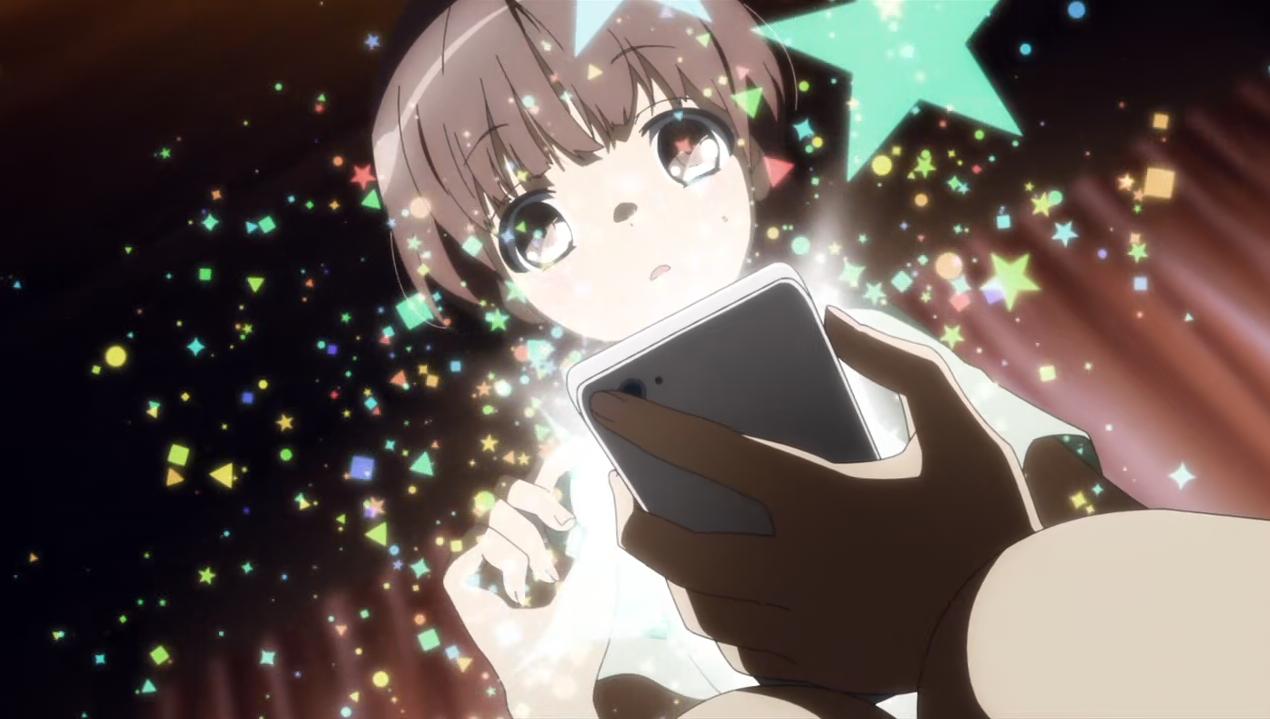
Magical Girl Raising Project goes into themes of morality, survival, and the consequences of power. The series raises thought-provoking questions about the nature of heroism and the lengths individuals will go to in order to protect themselves and their ideals. It also explores the complexities of human relationships under extreme circumstances.
The series features a diverse cast of magical girls, each with unique personalities and abilities. Notable characters include Snow White (Koyuki Himekawa), a kind-hearted and optimistic magical girl who serves as the protagonist, and Ripple (Ruruka Hanayama), a stoic and skilled fighter who becomes a key ally. Other magical girls, such as La Pucelle, Cranberry, and Hardgore Alice, contribute to the story’s tension and intrigue.
The interactions and rivalries between the characters drive much of the narrative, showcasing their strengths, weaknesses, and vulnerabilities.
The animation in “Magical Girl Raising Project” is vibrant and dynamic, with colorful magical effects during battle sequences. The character designs are appealing and distinct, reflecting each magical girl’s unique identity and abilities. The series effectively balances the whimsical aesthetic of magical girl tropes with darker, more suspenseful elements.
The soundtrack complements the series’ atmosphere, featuring energetic and suspenseful tracks during action scenes and emotional melodies during dramatic moments. The voice acting performances enhance the characterization and emotional impact of key scenes.
Magical Girl Raising Project has received positive reception for its engaging storytelling, well-developed characters, and unexpected plot twists. Fans of the magical girl genre appreciate its subversion of traditional tropes and its exploration of darker themes. The series has also spawned a mobile game adaptation and additional light novel entries.
Magical Girl Raising Project is a compelling anime series that offers a fresh and intriguing perspective on the magical girl genre. Its complex characters, intense battles, and thematic depth make it a standout work within the genre.
If you enjoy thought-provoking narratives and character-driven stories, the Magical Girl Raising Project is worth exploring for its innovative take on familiar themes. However, due to its darker content and mature themes, it may not be suitable for all audiences.
3. Magical Girl Spec-Ops Asuka

Magical Girl Spec-Ops Asuka looks into the aftermath of a brutal war where a special group of magical girls fought valiantly to save humanity and emerge victorious. However, for protagonist Asuka Ootorii, the desire for a return to a normal, peaceful life proves elusive.
As is often the case in stories like these, normalcy remains out of reach. Instead, the series looks into dark and weighty themes, particularly the lingering scars of war and the trauma of post-traumatic stress disorder (PTSD). Scenes of torture and mutilation are not uncommon, reflecting the harsh realities faced by the characters.
While Magical Girl Spec-Ops Asuka may face criticism for shying away from fully embracing its darkness, for many viewers, the level of darkness portrayed is more than sufficient. The series serves as a stark reminder of the toll of conflict on both the body and mind, offering a compelling exploration of the psychological and emotional aftermath of war.
Magical Girl Spec-Ops Asuka (Japanese title: “Mahou Shoujo Tokushusen Asuka”) is an anime series adapted from the manga of the same name by Makoto Fukami and Seigo Tokiya. This series stands out within the magical girl genre for its mature and action-packed approach, blending elements of dark fantasy, military, and psychological thriller.
The story is set in a world where magical girls once battled supernatural forces to protect humanity. However, after defeating a powerful enemy known as the “Disas,” the magical girls returned to normal life. Asuka Ootorii, one of the former magical girls, tries to lead a normal existence but is drawn back into the world of combat when an underground organization of terrorists known as the “Babel Brigade” emerges.
Asuka, along with other former magical girls, is recruited by the government to join a special operations unit tasked with combating the new threat. The series follows Asuka and her comrades as they navigate the complexities of war, trauma, and personal demons while fighting to protect humanity once again.
Magical Girl Spec-Ops Asuka explores themes of trauma, survival, and the psychological toll of combat. The series goes into the consequences of being a magical girl, highlighting the physical and emotional scars that linger long after the battles have ended. It also examines the moral ambiguities of warfare and the sacrifices individuals make in the name of protecting others.
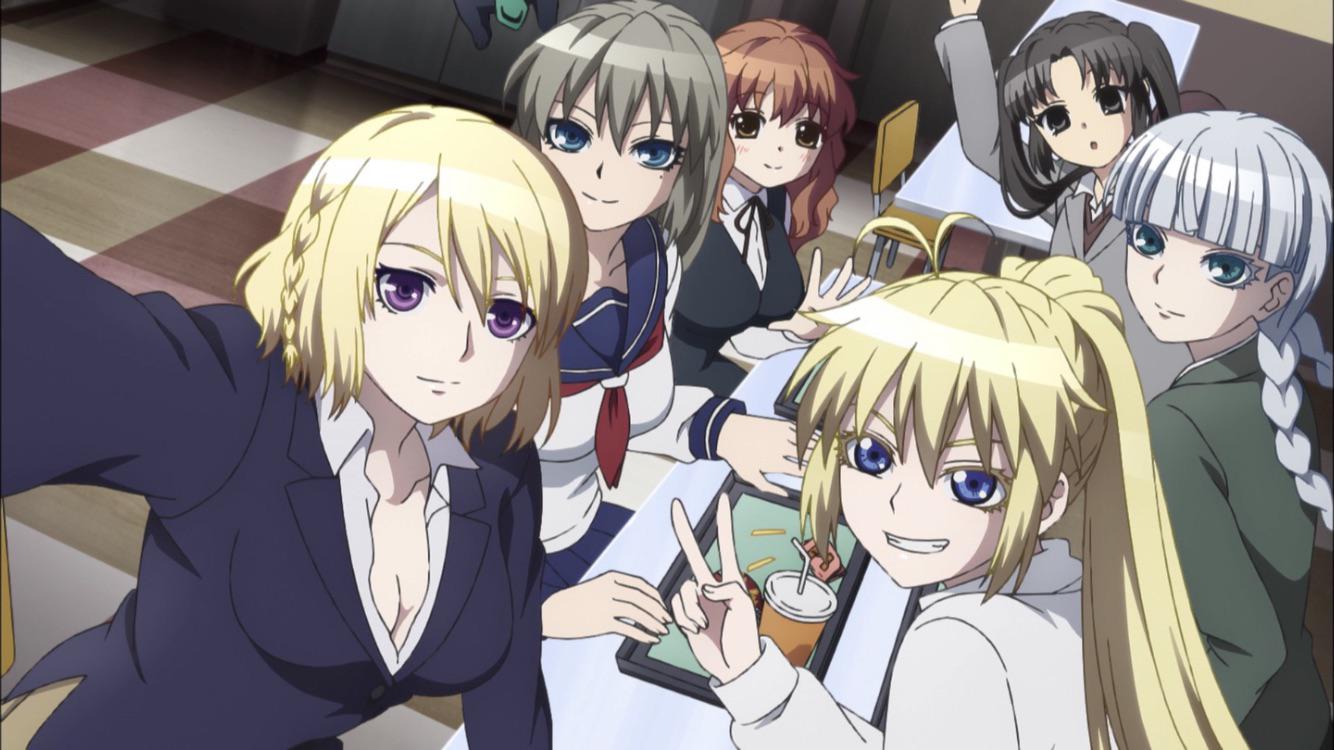
The characters in “Magical Girl Spec-Ops Asuka” are diverse and multifaceted, each grappling with their own inner demons and motivations. Asuka Ootorii, the protagonist, is a complex character burdened by her past as a magical girl and the horrors she witnessed in battle. Her comrades, including Kurumi Mugen (War Nurse), Mia Cyrus (Just Cause), and Tamara Volkova (Rapture), each bring unique skills and perspectives to the team.
The series explores the relationships and dynamics between these characters, revealing layers of vulnerability and strength as they confront new threats and old traumas.
The animation in “Magical Girl Spec-Ops Asuka” is well-executed, with fluid action sequences and detailed character designs. The series blends magical girl aesthetics with military themes, resulting in visually striking battle scenes and imaginative use of magical powers. The dark color palette and atmospheric visuals contribute to the series’ intense tone.
The soundtrack enhances the series’ atmosphere with tense and evocative musical compositions, heightening the suspense and drama during key moments. The voice-acting performances convey the emotional depth of the characters, adding to the impact of the narrative.
“Magical Girl Spec-Ops Asuka” has garnered mixed reviews due to its mature content and tonal shifts between magical girl fantasy and gritty military drama. While some viewers appreciate its nuanced approach to the genre and character development, others find the juxtaposition of dark themes and magical girl elements jarring.
Magical Girl Spec-Ops Asuka offers a compelling and action-packed take on the magical girl genre, exploring themes of trauma, warfare, and resilience. Its complex characters, intense storytelling, and imaginative visuals make it a standout series for fans looking for a darker and more mature interpretation of magical girl themes.
However, due to its graphic content and thematic depth, it may not be suitable for all audiences. If you enjoy a blend of fantasy and military drama with thought-provoking themes, “Magical Girl Spec-Ops Asuka” is worth exploring.
2. Wonder Egg Priority
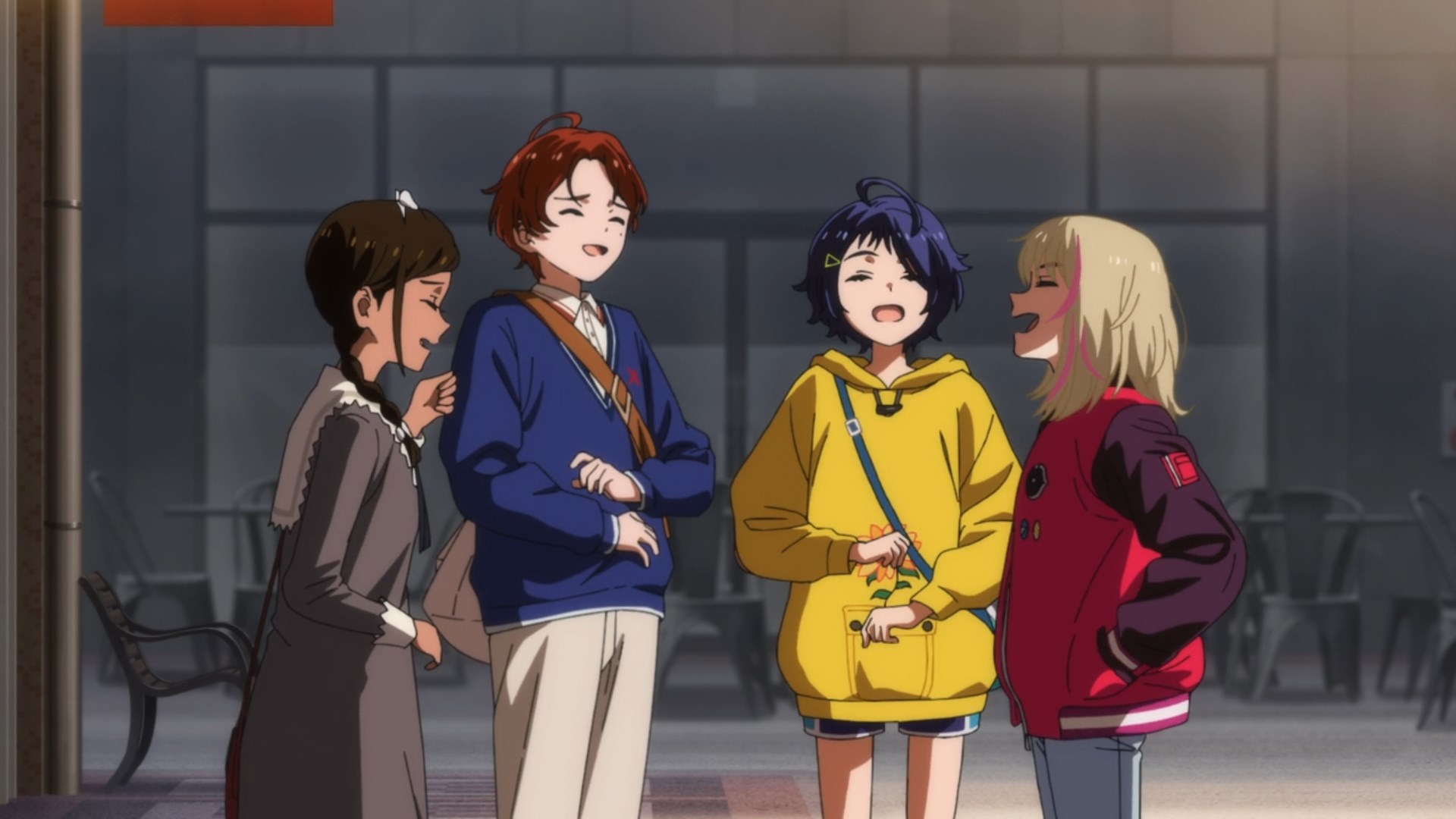
Wonder Egg Priority garnered attention for its initially promising premise, but as the series progressed, it stumbled in its execution. Despite its flaws, the anime showcased stunning visuals and portrayed deeply relatable characters, defying conventional expectations of the magical girl genre.
At its core, Wonder Egg Priority bravely explores dark and sensitive topics, particularly surrounding the theme of suicide. The protagonist grapples with the loss of a friend to suicide, looking into the complexities of grief, guilt, and survivor’s remorse. However, as the storyline unfolds, it becomes increasingly convoluted and abstract, straying from its initial narrative coherence.
Despite its narrative missteps, Wonder Egg Priority leaves a lasting impression as one of the most visually striking anime series to date. Its fascinating animation and emotionally resonant moments ensure that it will be remembered, even amidst its narrative shortcomings.
Wonder Egg Priority is a unique and visually beautiful anime series that goes into complex themes of adolescence, trauma, and friendship. Created by CloverWorks, this 12-episode original series aired from January to March 2021 and gained significant attention for its thought-provoking narrative and stunning animation.
The story follows Ai Ohto, a withdrawn high school girl who has stopped attending school due to the bullying she experienced. One day, Ai discovers a mysterious egg that, when cracked open, reveals a “Wonder Egg” from which a girl emerges.
This girl, named Neiru Aonuma, urges Ai to protect the egg and prevent harm from coming to it. Ai soon learns that these Wonder Eggs connect her to a world where she must confront monstrous entities known as “Seeno Evils” by battling them alongside the girls born from the eggs.
One of the most compelling aspects of “Wonder Egg Priority” is its exploration of trauma and mental health issues faced by young girls. Each main character—Ai, Neiru, Rika Kawai, and Momoe Sawaki—carries deep emotional scars from their past.
The series skillfully navigates themes of bullying, societal pressure, abuse, and suicide, often through the lens of fantasy and metaphor. It presents these issues in a raw and honest manner, highlighting the struggles young individuals face in dealing with trauma.

Friendship and the importance of human connections are also central themes. As the girls battle their inner demons together, they form a tight-knit bond that becomes a source of strength and healing. The series emphasizes the power of empathy and solidarity in overcoming personal struggles.
Wonder Egg Priority is visually stunning, featuring a blend of vibrant colors, detailed character designs, and fluid animation sequences. The dream-like world of the Wonder Eggs is beautifully rendered, creating an otherworldly atmosphere that perfectly complements the series’ surreal narrative. CloverWorks’ meticulous attention to detail brings both the characters and the fantastical elements to life, making each episode a visual treat.
The development of the main characters is a standout aspect of the series. Each girl is fleshed out with a distinct personality and backstory, allowing viewers to empathize with their struggles and motivations. Ai, in particular, undergoes significant growth as she confronts her past and learns to open up to others. The emotional depth of the characters adds layers to the storytelling, making their journeys compelling and relatable.
“Wonder Egg Priority” unfolds as a mystery, gradually revealing the connections between the girls, the Wonder Eggs, and the mysterious world they inhabit. The series skillfully balances supernatural elements with psychological introspection, keeping viewers engaged with its intricate plot twists and revelations. It doesn’t shy away from darker themes but approaches them with sensitivity and nuance.
The anime’s soundtrack, composed by Mito (Clammbon), complements the mood and atmosphere of the series. The music ranges from haunting melodies to upbeat tracks, enhancing emotional scenes and intensifying the impact of key moments. The opening theme song, “Sudachi no Uta” by Anemoneria, sets the tone for each episode with its evocative lyrics and powerful vocals.
“Wonder Egg Priority” received positive reviews from critics and audiences alike for its ambitious storytelling and thematic depth. It sparked discussions online about its treatment of sensitive topics and its innovative approach to the magical girl genre.
While the series garnered acclaim for its first half, opinions on the latter episodes varied due to pacing and narrative choices. Nonetheless, it remains a standout work in the anime industry for its creativity and emotional resonance.
Wonder Egg Priority is a must-watch for anime enthusiasts looking for a thought-provoking and visually nice series. Its exploration of trauma, friendship, and self-discovery sets it apart as a compelling addition to the genre;
offering a nuanced portrayal of adolescence and the struggles faced by young girls in a world where fantasy and reality intertwine. If you appreciate anime that isn’t afraid to tackle mature themes with empathy and creativity, “Wonder Egg Priority” is a series that delivers a truly unforgettable experience.
1. Princess Tutu

Princess Tutu weaves a fascinating tale centered around a duck transformed by the enigmatic Drosselmeyer into a graceful ballet dancer with the ability to ease the troubled hearts of others.
While Princess Tutu may not offer the same edgy, dark narrative as some of its counterparts in the magical girl genre, it nonetheless ventures into deeper themes and explores potentially disturbing elements. The series doesn’t shy away from darker aspects of storytelling, embracing complexities and nuances that add depth to its narrative.
Though it may not have aged seamlessly, Princess Tutu remains a compelling and enchanting watch, particularly for fans of the magical girl genre. Its unique blend of ballet, fantasy, and emotionally resonant storytelling ensures that it maintains a special place in the hearts of viewers, offering a timeless experience that transcends its era of origin.
Princess Tutu is a nice and unique anime series that combines elements of fairy tales, ballet, and magical girl themes to create a beautifully crafted narrative with depth and emotional resonance. Directed by Junichi Sato and Shougo Kawamoto, this series stands out for its creative storytelling, memorable characters, and elegant presentation.
Princess Tutu follows the story of a young duck named Ahiru (meaning “duck” in Japanese), who admires a talented and mysterious ballet dancer named Mytho.
Ahiru discovers that she has the ability to transform into Princess Tutu, a magical girl whose purpose is to return lost pieces of the shattered heart of Mytho, who has been manipulated by an evil entity known as the Raven.
As Princess Tutu, Ahiru gets on a quest to restore Mytho’s emotions and free him from the Raven’s control. Along the way, she encounters other characters, including Rue, a ballet dancer who also harbors secrets related to Mytho, and Fakir, a protective figure with a connection to Mytho’s past.

Princess Tutu explores themes of destiny, sacrifice, and the power of storytelling. The series goes into the idea of characters breaking free from predetermined roles and discovering their true selves. It also examines the interplay between reality and fiction, as well as the transformative nature of art and creativity.
The characters in “Princess Tutu” are richly developed and multifaceted. Ahiru/Princess Tutu is a charming protagonist who undergoes significant growth throughout the series as she grapples with her feelings for Mytho and her role in shaping his destiny.
Mytho, initially portrayed as a stoic and emotionless prince, gradually regains his humanity as Princess Tutu restores his shattered heart. Supporting characters like Rue, Fakir, and Drosselmeyer (a manipulative storyteller) add layers of complexity to the narrative, with their own motivations and struggles driving the plot forward.
One of the standout features of “Princess Tutu” is its elegant animation and art style. The series incorporates ballet-inspired choreography and graceful character movements that enhance the fairy tale atmosphere. The character designs are enchanting, with detailed costumes and expressive facial expressions that convey emotions effectively.
The soundtrack of “Princess Tutu” plays a crucial role in setting the mood and enhancing the emotional impact of key scenes. Composed by Kaijura Yuki, the music blends classical melodies with original compositions, creating a magical and enchanting atmosphere that complements the fairy tale themes.
Princess Tutu has received critical acclaim for its imaginative storytelling, unique premise, and emotional depth. It has gained a dedicated fanbase for its unconventional take on the magical girl genre and its exploration of complex themes. The series continues to be celebrated as a gem of storytelling and artistic expression within the anime community.
Princess Tutu is a timeless and nice anime series that transcends conventional genre boundaries. Its blend of ballet, fairy tales, and magical girl elements creates a compelling and emotionally resonant narrative that captivates viewers of all ages. If you appreciate thought-provoking storytelling, elegant animation, and memorable characters, “Princess Tutu” is a must-watch anime that offers a truly magical experience.

